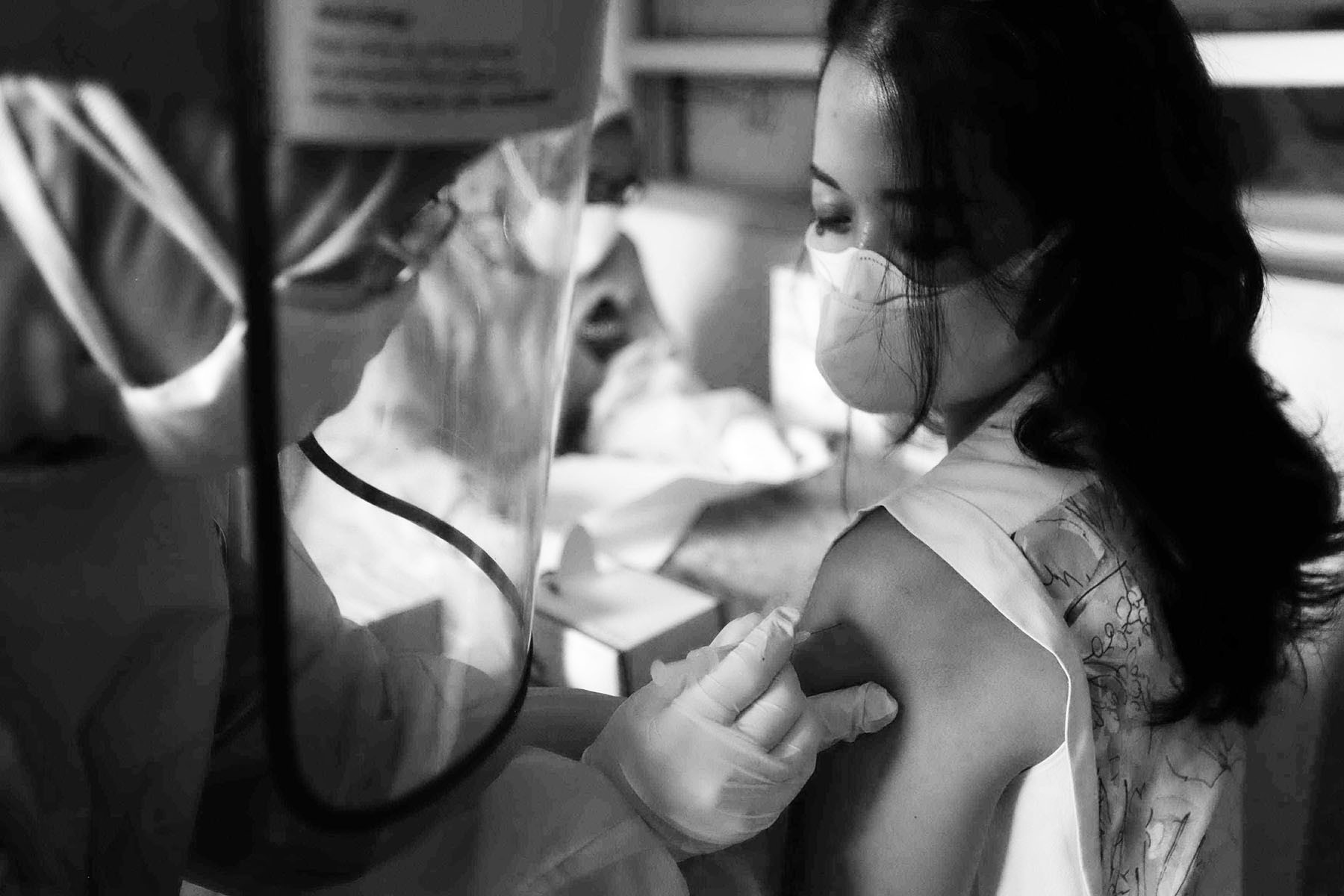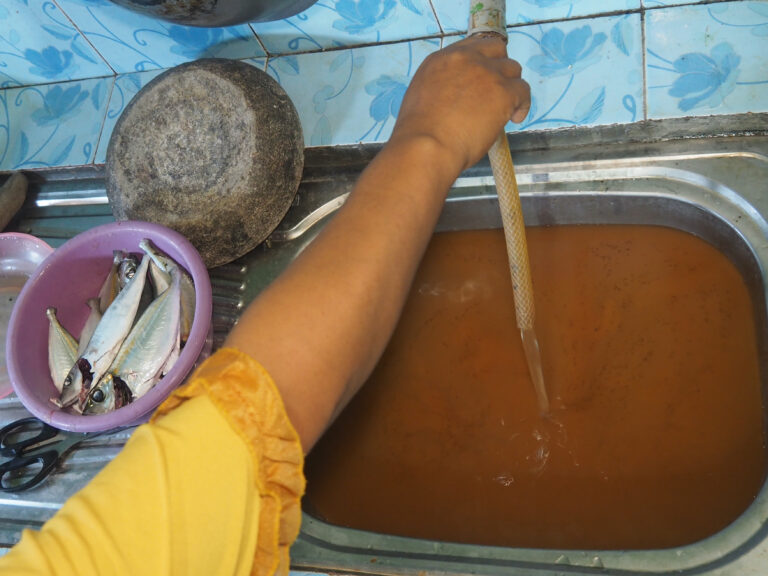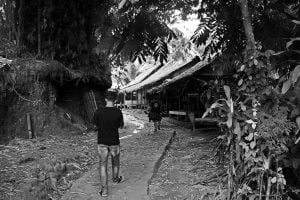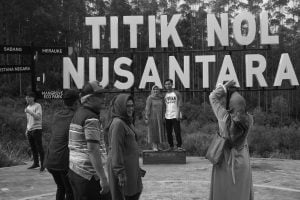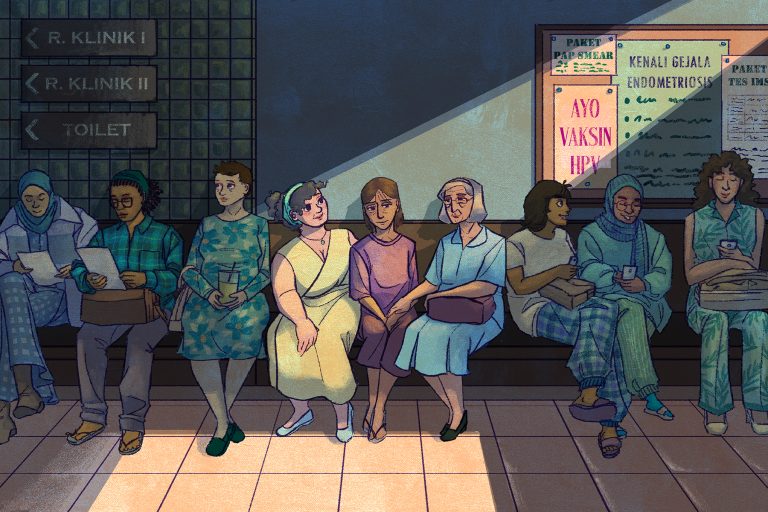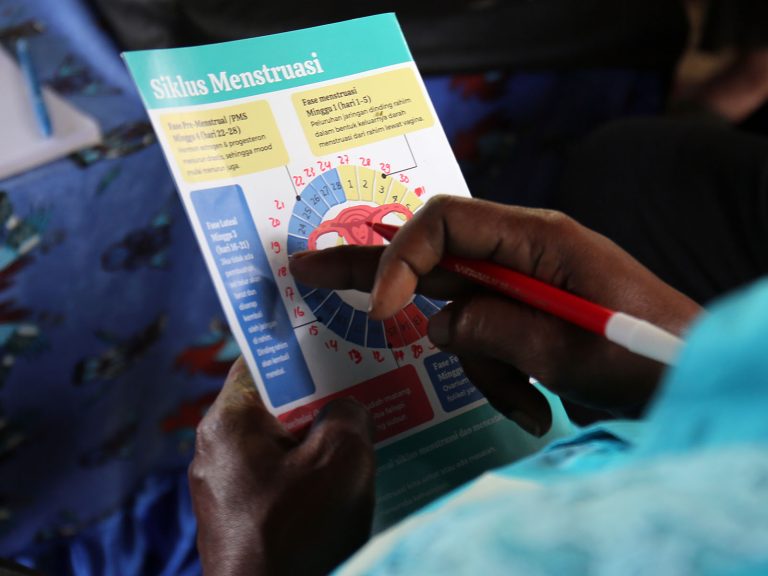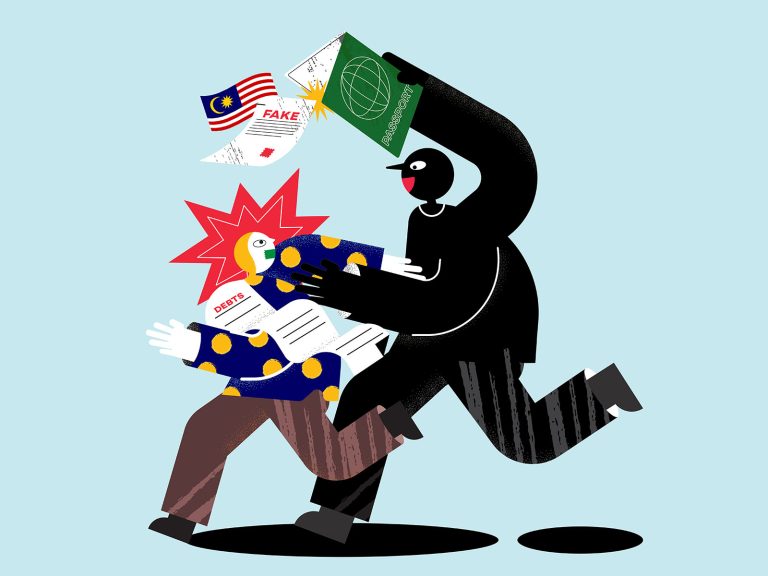In a speech to the United Nations in September 2021, President Jokowi noted that no country could win the fight against the pandemic on its own and said Indonesia would lend support to efforts to minimize inequalities in vaccine distribution.
This issue had been a concern of the World Health Organization since Covid-19 vaccines began being developed. WHO director-general Tedros Adhanom Ghebreyesus understood that low-income countries were almost always last to receive medical services, which was why the WHO formed COVAX, an initiative to ensure fair and equal access to vaccines across the globe.
Data from Amnesty International shows that 55 percent of people in high-income countries have been fully inoculated, compared to only 1 percent of people in poorer countries. In its report, Amnesty declared that pharmaceutical companies’ significant power over the production of Covid-19 vaccines was “triggering an unprecedented human rights crisis”.
The issue that Jokowi highlighted at the UN General Assembly was, therefore, worthy of the spotlight.
When Indonesia first rolled out Covid-19 vaccinations, it was very much dependent on the Sinovac vaccine, which at the time the WHO had not even cleared for emergency use. The vaccine received the organization’s approval in June 2021. Rich countries had hoarded other vaccine brands, such as Moderna, Pfizer, and Johnson and Johnson, and the pharmaceutical companies that produced them had denied others the knowledge and technology required for the vaccines’ mass production while producing very limited quantities themselves.
By the time Indonesia reached 500,000 vaccinations on Feb. 1, 2021, the US had already delivered 32 million vaccinations, 64 times more, according to Our World in Data.
But even so, in another important respect, what Jokowi said at the assembly was in denial of the reality within his own country.
Ambition First, Proof Later
Jokowi’s goal was to have 208 million Indonesians vaccinated by the end of 2021, and to do this, he claimed he was ready to vaccinate 5 million people per day.
In reality, the average national vaccination rate throughout September 2021 hovered around 1 million vaccinations a day, or below 50 percent of the target for the first shot, and under 30 percent for the second shot.
For Jokowi to achieve his goal, first vaccinations would have had to reach 1.27 million a day, including on weekends. And if his goal included the second shot, he would have had to crank up vaccinations to 1.68 million shots per day.
But the issue we continue to face is an imbalance in vaccinations, especially in areas outside of Jakarta, the rest of Java, and Bali.
Health Ministry data shows that only the province of Jakarta has surpassed the vaccination target, with 126.46 percent of the targeted population vaccinated. Also at the top of the list were Bali (96.2 percent), the Riau Islands (82.75 percent) and Yogyakarta (75.3 percent).
Meanwhile, LaporCovid-19 – a pandemic policy advocacy group – listed the 10 provinces with the highest vaccine inequality ratio as of September 2021.
West Kalimantan had a 1 to 15 ratio, meaning only one vaccine dose was available for every 15 unvaccinated people. This number was calculated by comparing the number of vaccines in stock with the number of unvaccinated people. The other nine provinces were Riau, West Nusa Tenggara, Lampung, South Kalimantan, Papua, Central Kalimantan, West Sulawesi, Maluku, West Sumatra, and South Sumatra.
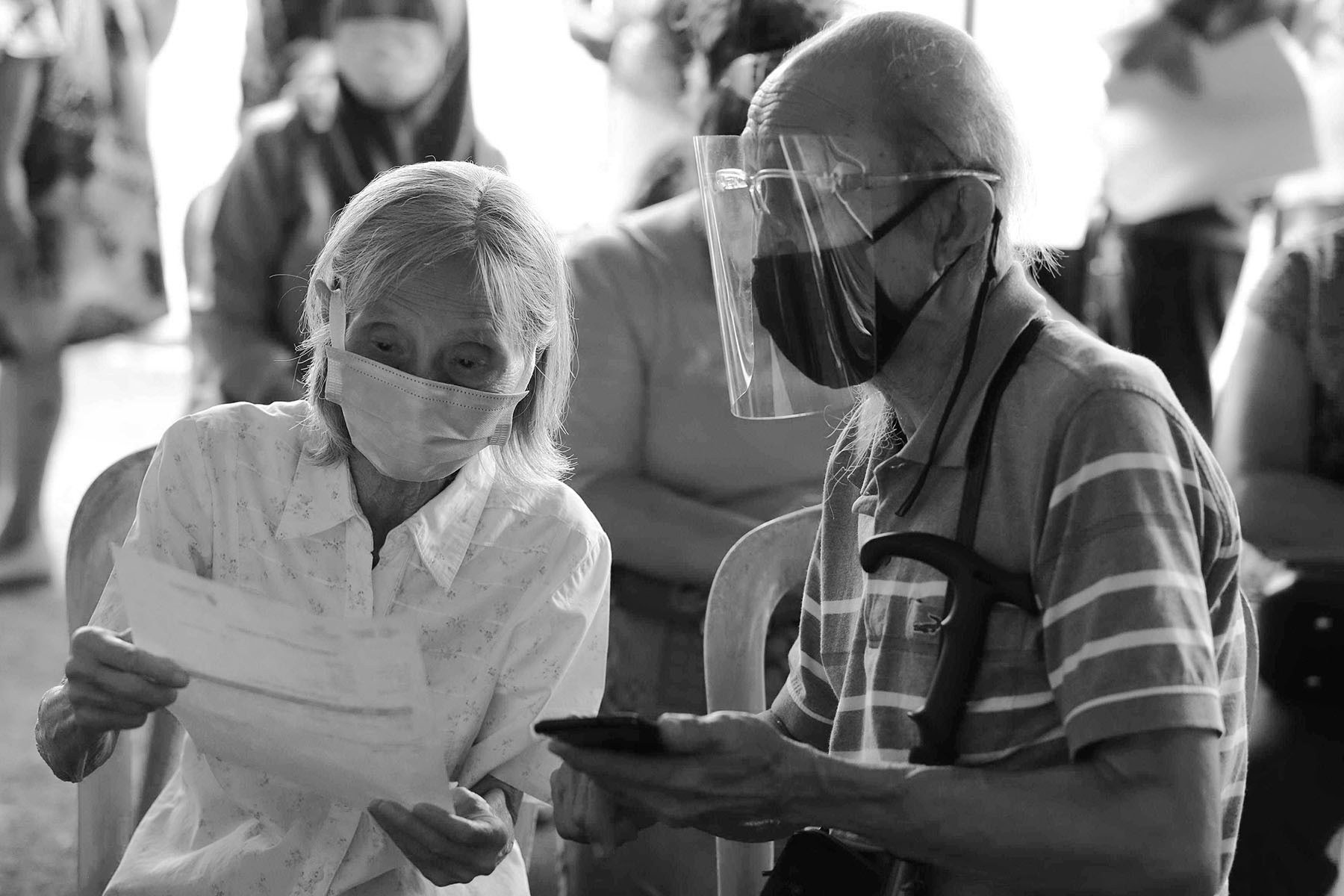
The Risk of Expired Vaccines
The uneven distribution of vaccines is the major cause of this imbalance. Some regions have limited vaccine stocks while other regions have ample stocks that are not being used fast enough.
For example, South Aceh regency has only 8,000 vaccine doses left of its total allocation of 66,000 doses, and its average vaccination rate is 724 doses per day. In the meantime, East Aceh regency vaccinated at the rate of 638 doses per day and was allocated 113,000 doses.
According to these trends, the thousands of vaccine doses in South Aceh would be used up in only 12 days, while in East Aceh it would take 31 days for them to be fully administered.
Ideally, Health Ministry spokesperson Siti Nadia Tarmizi has said, Covid-19 vaccines should be administered within 7 days.
Data shows that at least 253 regencies took 14 days to finish their vaccine supplies. On the extreme end, Pegunungan Bintang regency took 1,300 days to finish its stock, and Maybrat regency took 667 days. Vaccinations in Papua and West Papua were at less than 10 doses per day as of Sept. 30, 2021.
If vaccine rollout rates in these areas remain stagnant, there is a huge risk of the supplies expiring and ending up being thrown away. This had already happened in Southeast Aceh, where 1,819 vaccine doses had to be tossed out.
Shelf life differs greatly between vaccine brands. Moderna, for instance, can be stored for up to 6 months if kept in a freezer but only 30 days at refrigerated temperatures. Under refrigeration, the AstraZeneca and Sinovac vaccines can be stored anywhere from 6 months to a year.
The GAVI vaccine alliance – an initiator of COVAX together with the WHO – has stated that the storage life of COVID-19 vaccines is approximately 3 to 6 months, making the average about 4.5 months.
To estimate an area’s ideal vaccination rate to prevent waste, we can use WHO’s “required daily utilization rate” formula, which is as follows:
Required daily utilization rate = number of available vaccine doses/(days before expiration-14)
In the case of Pegunungan Bintang regency, as of Sept. 30, 2021, the total number of vaccine doses available was 1,300. Let us assume that the shelf life of these vaccines was 4.5 months, around 135 days.
The calculation would look like this:
Required daily utilization rate = 1,300/135-14 = 10.7
(11 doses per day)
We know from Health Ministry data that the average vaccination rate in Pegunungan Bintang regency was 1 dose per day. This means that to prevent vaccine stock from expiring, the regency would have had to ramp up vaccine distribution by 10 times.
Using the same formula, if we follow the six-month shelf life recommendation of the Food and Drug Monitoring Agency (BPOM), Pegunungan Bintang would have had to reach at least 8 doses per day.
At one dose a day, the number of effectively used vaccines before expiry in 4.5 months is:
1 dose x (135 – 14) = 121
This means that out of the 1,300 vaccine doses allocated for Pegunungan Bintang, only 121 would be effectively used to inoculate residents, leaving 1,179 doses, or 90.69 percent of the stock, at risk of expiring. This number is much higher than the 5 percent suggested by the standard wastage rate for single-dose vials and the 15 to 25 percent for 10-dose vials.
Why Aren’t People Getting Vaccinated?
In Pegunungan Bintang regency, only 6.7 percent of the targeted 44,910 people had received a first vaccine dose and only 5 percent had received a second as of Sept. 30, 2021.
Health Ministry data shows that West Papua, Papua and North Sulawesi were the provinces that took the longest time to use their vaccine supplies. These provinces also have some of the lowest rates of childhood vaccination. According to Statistics Indonesia, in 2019, Papua and Aceh were at the bottom of the list for the number of children receiving basic childhood immunizations.
There are a few factors that have caused the slow adoption of vaccines in these regions, among them a lack of health workers capable of giving the shots, difficulties with the distribution and storage of the vaccine vials and public hesitation to be vaccinated.
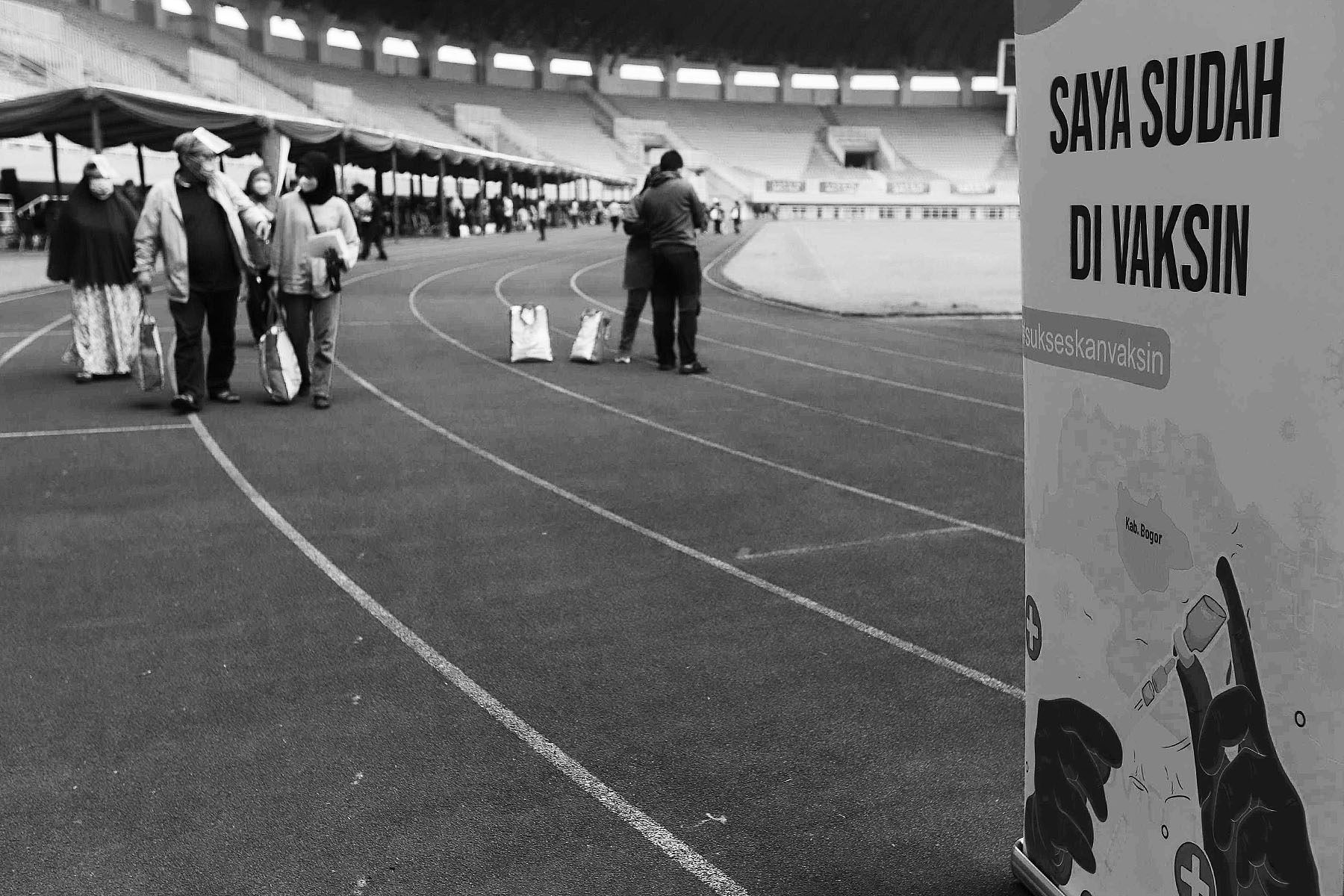
To date, the government has not released an official statement or data on the number of vaccinators employed in the country. Siti Nadia Tarmizi briefly noted that 175,000 vaccinators were available but did not give details on how they were being deployed throughout the country.
According to Health Ministry data from December 2020, there were 400,000 health workers at community health centers (Puskesmas) across Indonesia, with more than 60 percent located on Java or Sumatra, two of the country’s most densely inhabited islands.
According to the WHO, the ideal per capita ratio of health workers is 4.45 per 1,000 people. Some provinces outside of Java represent this ideal proportion. In Aceh and Southeast Sulawesi, the ratios are 5.50 and 4.44, respectively. These provinces, as well as West Sulawesi, West Papua, and Maluku, are closer to the ideal ratio than even some provinces in the densely populated Java, such as Banten, which has only 0.73 health workers per 1,000 people, and Jakarta, which fares slightly better at 0.79.
Even so, regions outside of Java face serious challenges of access. Health facilities remain difficult to reach in many areas because of long distances, bad roads, waterways, difficult terrain, and many other factors.
Iton, a health worker in Kanekes, Lebak, Banten, noted that some settlements in the area were located as far as 10 kilometers away from the nearest Puskesmas. And the mountainous terrain does not make travel any easier.
“Even if it’s only a few kilometers away, the journey could end up taking hours because of the uphill climb. Those who aren’t used to such physical exertion wouldn’t be able to endure it,” he said.
There were also tales of vaccinators unable to access some villages because the distance was just too great. Some settlements could only be reached by crossing a perilous suspension bridge.
Many Puskesmas also lacked adequate vaccine storage facilities. In a survey by the Center for Indonesia’s Strategic Development Initiatives (CISDI) that took place from February to March 2021, 3.8 percent of the Puskesmas polled – all outside Java – lacked a refrigerator for vaccine storage. CISDI surveyed 184 respondents from 149 health clinics in 96 regencies and cities in 30 provinces.
Many Puskesmas also lacked a thermometer, coolers or even ice packs, despite the fact that vaccines left at room temperature would be rendered useless.
Distrust of Vaccine Efficacy
In Aceh, the public was swayed by anti-vaccination chain messages on the instant messaging application WhatsApp. One of the messages read, “The COVID-19 vaccine is mudharat [harmful]. The Aceh ulama says it is haram.”
The widespread sentiment was that the central government did not have the right to meddle in religious law. “The issue of religion is entirely within the jurisdiction of the Aceh local government, not the Indonesian government,” the message continued.
Although the message was a hoax, the damage had already been done. The head of the Aceh branch of the Indonesian Medical Association (IDI) said many Aceh residents had tried to avoid vaccination by asking doctors for exemption letters. Some health workers were also taken in by the hoax and refused vaccination.
Popular resistance to inoculation had been predicted by a number of survey organizations as early as the beginning of 2021. A survey conducted in June by the Indonesian Survey Institute found that 36.4 percent of the 82.6 percent of residents polled that were unvaccinated were unwilling to get a shot. Most stated concerns about side effects and doubts about the vaccine’s efficacy. The respondents came from Sumatra, East Java and Sulawesi.
From Aug. 6 to 21, 2021, Change.org, the Katadata Insight Center and Kawal Covid-19 conducted an online survey of 8,299 people; 701 respondents had not and did not want to be vaccinated. Their justifications were that they did not need to be vaccinated as long as they could maintain strong immune systems (70.2%), that they doubted the vaccine’s effectiveness (53.7%) or that they had underlying conditions (12.4%).
Those who refuse vaccinations, however, may have to face sanctions, including being unable to receive social assistance, being denied public administrative services, or being fined.
Observers have encouraged the government to disseminate reliable information on Covid-19 and the vaccines through a network of trusted public figures, such as religious leaders, customary leaders, or neighborhood heads.
“According to a survey, groups who are willing but have not been vaccinated expect more information from their heads of communities, as they are closest to the residents,” said Elina Ciptadi of Kawal Covid-19. “Residents are hoping that these community leaders can educate their community through meetings or by going door-to-door.”
This article is part of the #KamiSesakNapas and #DiabaikanNegara reporting series supported by Yayasan Kurawal.
This article is originally published in Indonesian as part of the report series to portray inequality in Covid-19 handling. The series is supported by Kurawal Foundation. You can help Indonesia deal with oxygen shortage through Oxygen For Indonesia.
Translated from Indonesian by volunteer Cynthia Ongga. The English version was edited by volunteer Tantri Yuliandini.


